Navigating Benefit Fund Audits A Guide for Accountants

The world of benefit fund audits in the motion picture industry demands a robust understanding of payroll intricacies, collective bargaining agreements, and the meticulous preparation of various documents. For accountants, this realm is fraught with complexities that necessitate a comprehensive approach to ensure compliance and accuracy.
We'll review the essential elements of benefit fund audits, providing accountants with the expertise needed to adeptly manage this process. Our exploration covers the preparation of vital reports, the gathering of necessary documents, and the strategic approach required for seamless audits.
Understanding Benefit Fund Audits
At the heart of the motion picture industry lies the necessity to comply with union agreements and collective bargaining stipulations, particularly when it comes to benefit fund audits. These audits serve as a pivotal mechanism to verify that contributions to union benefit funds are accurate and timely. For accountants, the challenge lies in navigating these audits with precision, ensuring that every report and document aligns with the stringent requirements.
The Core Components of Benefit Fund Audits
Benefit fund audits encompass several critical components, including the examination of timecards, start slips, and the production cost bible. Each of these elements plays a vital role in verifying the accuracy of payroll calculations and contributions.
Timecards and Start Slips
Timecards and start slips are integral documents in the audit process. They provide a detailed record of employee work hours and locations, serving as the foundation for calculating contributions to benefit funds. Accountants must ensure that these documents are meticulously prepared, with every hour accounted for and every start information accurately recorded.
The Production Cost Bible
The production cost bible is a comprehensive document that details all financial aspects of a production. It includes budget allocations, expenditures, and payroll information. During an audit, the production cost bible serves as a critical reference point, allowing auditors to cross-verify financial data and ensure compliance with union agreements.
Preparing for a Benefit Fund Audit
Preparation is paramount when it comes to benefit fund audits. A structured approach to gathering and organizing necessary documents can significantly streamline the audit process and mitigate potential discrepancies.
Essential Documents for Audits
To facilitate a successful audit, accountants must compile a thorough set of documents, including:
- Timecards: Ensure that timecards are complete, with all hours accurately recorded and verified against production schedules.
- Start Slips: Collect and organize start slips, verifying that all employee residency, work, and hire information is accurate.
- Payroll Reports: Generate detailed payroll reports that capture all relevant data, including wages, deductions, and contributions to benefit funds.
- Production Cost Bible: Maintain an up-to-date production cost bible, ensuring that all financial transactions are meticulously documented and categorized.
Strategic Audit Preparation
A strategic approach to audit preparation involves regular internal reviews and checks to identify and rectify potential issues before the audit commences. This proactive stance not only ensures compliance but also enhances the accuracy of submitted documents.
Internal Reviews
Conducting regular internal reviews of payroll processes and documentation is essential. These reviews should focus on verifying the accuracy of timecards, start slips, and payroll calculations, ensuring that all data is consistent and compliant with union agreements.
Cross-Verification
Cross-verifying information across multiple documents, such as the production cost bible and payroll reports, is crucial. This process helps identify discrepancies and ensures that all financial data aligns with contract terms and audit requirements.
Navigating Common Challenges
Benefit fund audits present several challenges that accountants must adeptly navigate to ensure a successful outcome. Common challenges include discrepancies in timecard records, misalignment of start slips with contractual terms, and inconsistencies in payroll calculations.
Addressing Timecard Discrepancies
Timecard discrepancies often arise from errors in recording work hours or misunderstandings of contract terms. To address these issues, accountants should implement a robust time-tracking system and provide regular training to staff on accurate timecard completion.
Ensuring Start Slip Accuracy
Start slip inaccuracies can lead to significant audit complications. Accountants should establish a clear protocol for verifying work and hire locations against contract terms, ensuring that all start slips are accurate and complete.
Resolving Payroll Calculation Errors
Payroll calculation errors can have far-reaching implications during an audit. Implementing a comprehensive payroll software system that automates calculations and provides detailed reports can significantly reduce the risk of errors and enhance compliance.
Expert Tips for Successful Audits
Achieving a successful benefit fund audit requires more than just meticulous preparation; it demands strategic foresight and expert insights.
Continuous Education and Training
Staying updated on the latest developments in union agreements and payroll regulations is vital. Accountants should engage in continuous education and training programs to enhance their knowledge and skills, ensuring they are well-equipped to handle the complexities of benefit fund audits.
Leveraging Technology
The integration of advanced payroll and audit software can streamline processes, improve accuracy, and facilitate seamless audits. Accountants should leverage technology to automate routine tasks, generate comprehensive reports, and maintain an organized repository of all necessary documents.
Collaboration and Communication
Effective collaboration and communication with production teams, payroll staff, and auditors are crucial. Establishing clear lines of communication and fostering a collaborative environment can help address potential issues promptly and ensure a smooth audit process.
Benefit fund audits in the motion picture industry present a myriad of challenges that require a nuanced understanding of payroll intricacies and union agreements. By adopting a structured approach to preparation, leveraging technology, and fostering continuous education, accountants can navigate these audits with confidence and precision.









